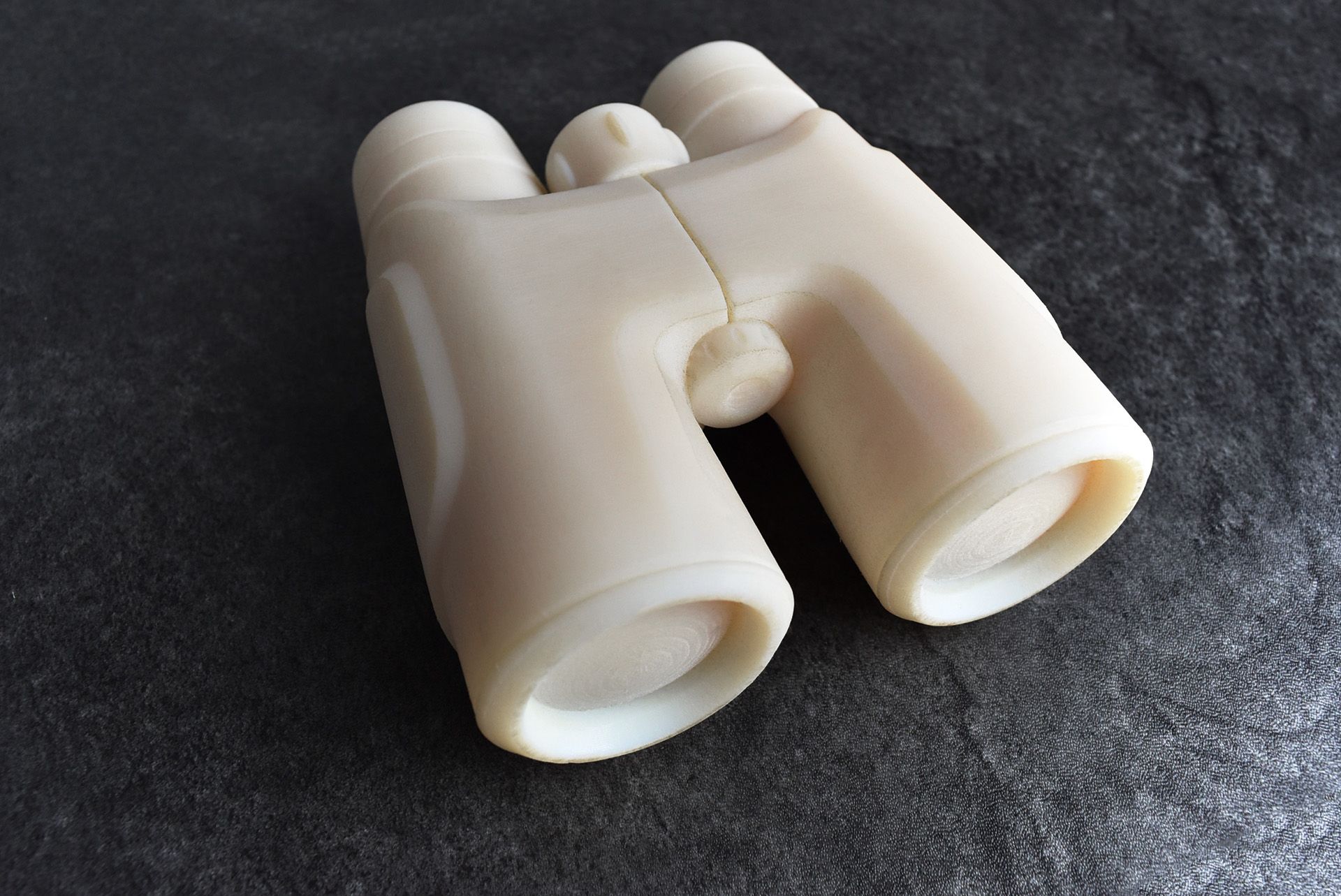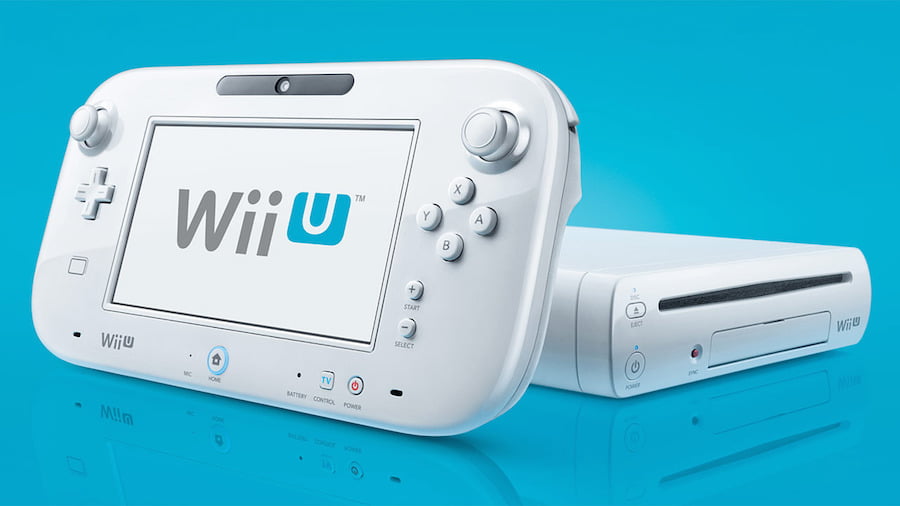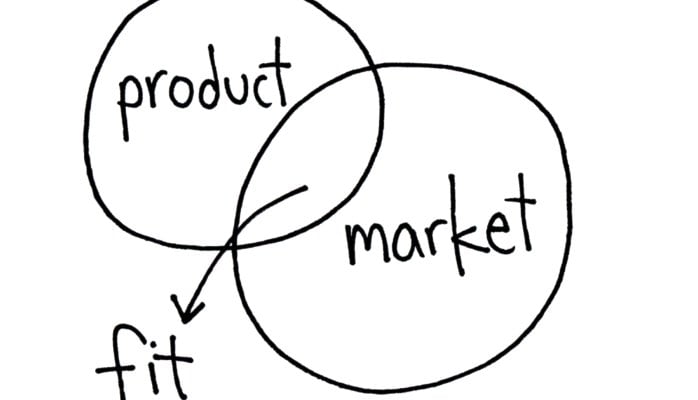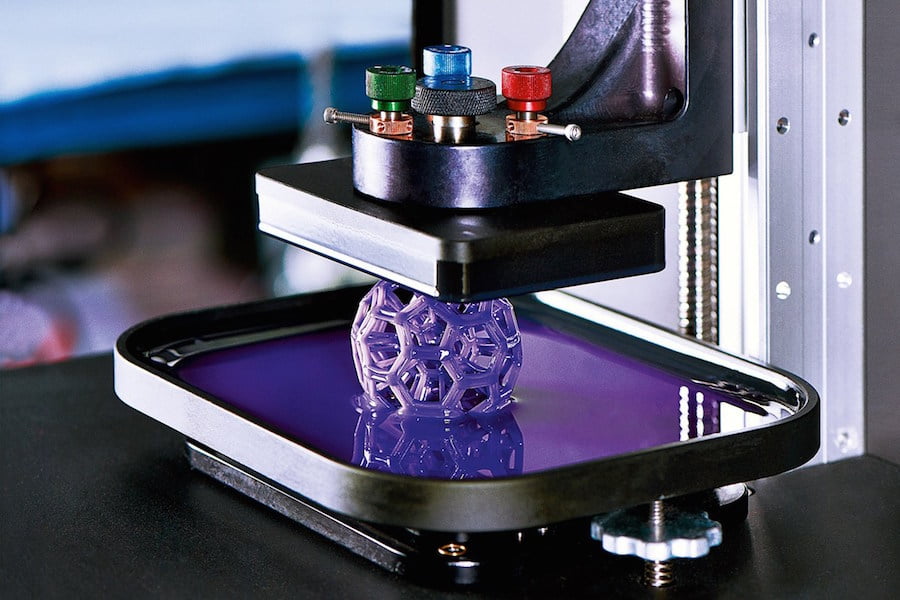
When to create your first prototype
Afters rounds and rounds of brainstorming, you’ve finally come up with a product idea or invention that is worthy of moving from the idea phase to conception. This means you’ve gone through the lengthy screening process of ensuring the feasibility and potential profitability of the idea based on extensive market research. From a marketing perspective, this means ensuring that there is adequate demand for your product idea or invention. The last thing you want to do is invest thousands of dollars in prototyping a product without gathering a wholesome view of the end-user’s needs and the market in question. If you can’t prove demand or viability of your product or invention, you might not be ready to dive into the prototyping stage just yet. If your invention is not fulfilling an unmet need, you might want to keep brainstorming ideas until you come up with one that is.
So, when should you begin the prototyping process? Once you can prove that there is a decent-sized market for your invention. Once you’re sure that there’s a market, you’ll then need a realistic plan on how you will tap into that market while keeping your resource constraints in mind. Unless you plan on selling off your invention, ensure that you can actually afford to spread awareness of your product within your target market.
Why you should create a prototype?
Prototyping is amongst the most important stages of new product development. Without a functional prototype, you cannot gauge the feasibility of your idea nor can you test it amongst the audience that matters the most to your business’s success down the road. As an entrepreneur or product developer, you may be blinded by your passion and for that reason, you might not notice small imperfections that an end-user would. If they go unnoticed, these small details can end up costing you hundreds of thousands of dollars later on. Below are some of the reasons why prototyping is a crucial stage in the development of a new product.
Minimize risk of failure
No matter what your situation is, new product development is a highly risky undertaking. Because let’s face it, not all great ideas are realistic given the limited resources that most startups are forced to make the most out of. Prototyping will help ensure that your great idea can actually come to life as the functional product you envisioned. There are many reasons why a new product might fail, but the most culpable reason is because the target market wasn’t as deeply involved in product development as they should have been. By creating a prototype as early on as possible, you’re making way for prototype testing and market testing, which will greatly mitigate your risks of being the next product flop.

Poor market research and product design are amongst the several reasons why the Wii U ended up failing.
Market testing
The most effective way to test the market is to put your product into the hands of your end-user, which wouldn’t be possible without a working prototype. By now you should know which specifications are of the highest priority to your target market. Market testing will allow you to test those key attributes while uncovering other areas of your product that might be lacking. Test those key attributes repeatedly by unbiased consumers in realistic test environments and you’ll be significantly less likely to fail down the road. For example, if you’re developing a coffee thermos and your target audience is demanding a thermos that won’t leak when turned upside down, you must ensure that the thermos you’re designing will not leak in any reasonable situation when placed upside down. Testing this attribute a few times in the office won’t cut it. You must repeatedly test your prototype for its high-priority attributes until you can say with confidence that it meets or exceeds the demands of your target market.

Refining product’s functionality
It’s now time to transform the results of your rigorous testing into a new and improved prototype. Prototype testing should not end until you’ve come up with a solution that fulfills your target market’s needs and is within your resource constraints – meaning it can be manufactured efficiently at an optimal cost-quality ratio.
Gauging manufacturing requirements and costs
Once you’ve come up with the optimal prototype, there are many critical questions that you will now have a clearer answer to:
- How many steps does it take to create the final product?
- How many hours of labour would be needed and at what cost?
- Can it be efficiently mass-produced if demand soars?
- Have you chosen the most cost-effective materials relative to the level of quality necessary?
- How much will each production mold or tool cost?
- Does the product have a reasonable life expectancy?
- How can its durability be enhanced?
The sooner you know the production requirements and costs of tooling and equipment, the sooner you’ll be able to reach out to suppliers for price quotes. Once you have a clear idea of the costs associated with your product, you’ll have a clearer picture of your ROI, a number that is critical when its comes to seeking investment.
Investment seeking
If you plan on seeking investment at some point, a functional prototype with a well-proven return will certainly help make that possible. Investors are far more likely to believe in your idea if you can prove to them that you have what it takes to actually create a functional version of it. They are especially more likely to invest in an invention that has received extensive positive feedback from potential buyers.
How to create a prototype?
How to create a prototype is an extensive topic that really depends on the complexity of your product and your company’s budget. For more information on this topic check out our latest post on the various types of prototypes.
Choose the most reasonable prototyping method
If time is critical and/or you’re on a tight budget, rapid prototyping methods such as 3D printing might be the right choice for your product. However, if your product is complex, has many moving parts, is electronic or extremely large, a more sophisticated (and more expensive) approach will be necessary but well worth it in the long-run. Conventional machining is the most sophisticated prototyping method as it involves the actual manufacturing of an exact replica of your product. With this technique, you can use the same materials and manufacturing process necessary to produce your product on a larger scale, providing you with a significant amount of insight into your product’s costs, manufacturing process and end result. There are several other prototyping methods that will be outlined in a future blog post.

Keep your product as simple as possible
As a product designer, it might be tempting to get fancy but for most products, there are only a few key features that really matter to the end-user. By minimizing the components involved, you’re making way for an efficient prototyping cycle and a lean manufacturing process.
Conduct focus groups
It’s a wise idea to conduct focus groups throughout the prototyping process. At the end of the day, it’s your target market’s opinion of your product that will make or break your business, so involving them closely in the product development and prototyping process will help ensure that your product effectively fulfills an unmet need. Since the prototyping process is an extensive topic on its own, we will elaborating on this topic in a future blog post so keep an eye out if you wish to learn more.
